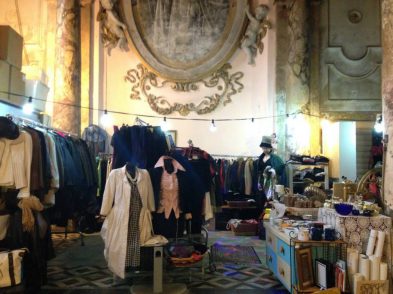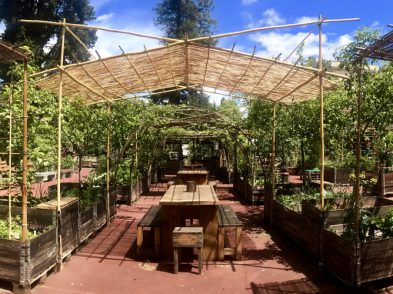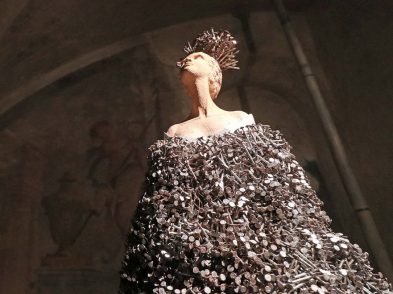With porcelain, sculptures, crystals and tapestries, the exotic worlds of 18th-century Vienna and Florence come together in the Treasury of the Grand Dukes at Palazzo Pitti. The exhibition, Fragile Treasures: the Porcelain Roads Between Vienna and Florence, showcases fine 18th-century porcelains, paintings, sculptures, waxworks, ivory, crystals and engravings that celebrate the beauty and magnificence of porcelain during Florence’s Grand Duchy under the Lorraine family rule.
Palazzo Pitti is hosting the exhibition to examine the 18th-century birth and development of the Doccia porcelain manufactory, founded by Marquess Carlo Ginori, and its connection to the Viennese porcelain house, Du Pacquier, founded in 1718 by Claudius Innocentius Du Pacquier.
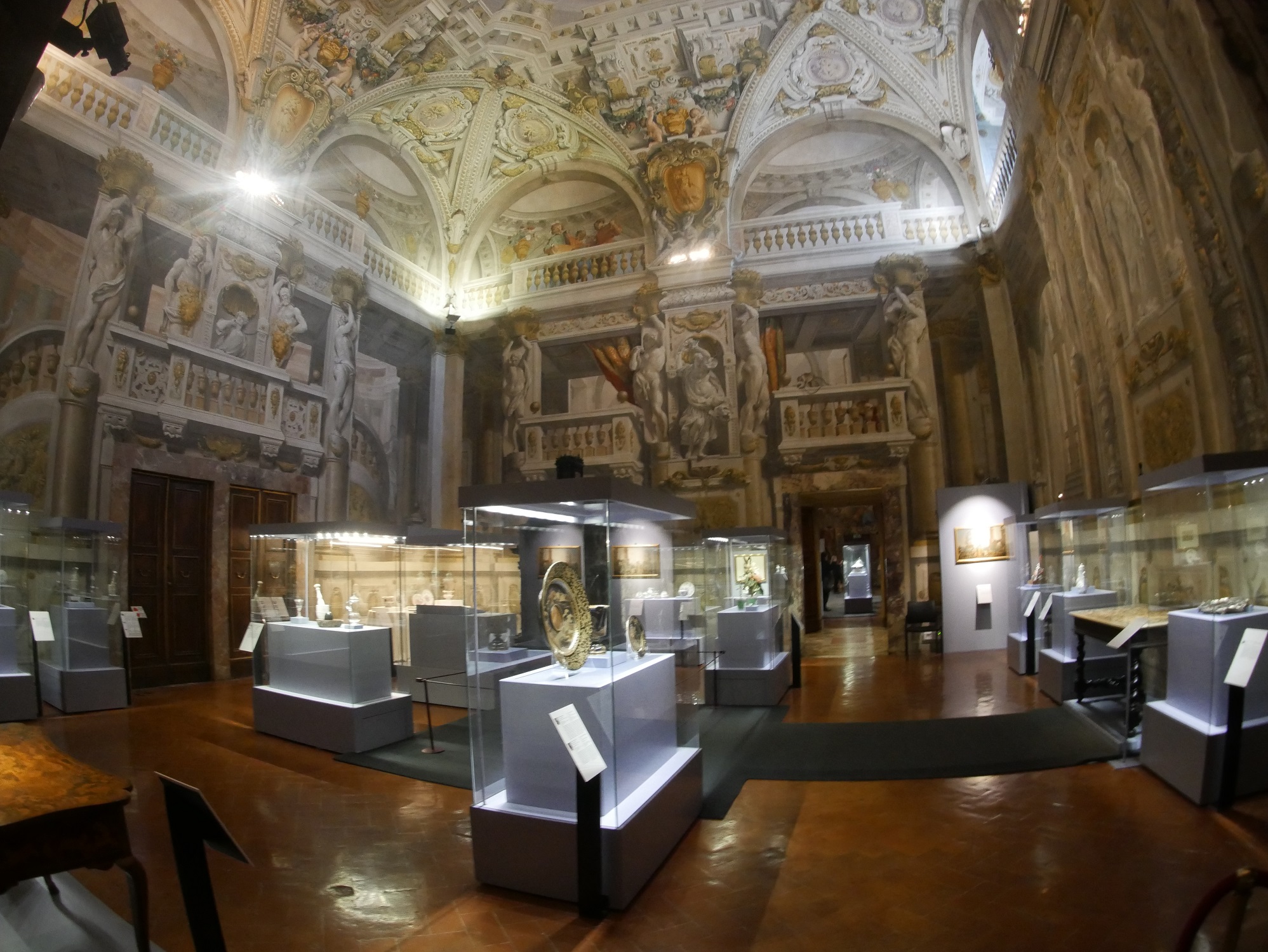
Press photo
The respective manufacturers in their form, artistic technique and subject matter had a lot of influence over the taste of the era, a period when Florence was a particularly metropolitan and outward-looking city, with the House of Lorraine at the helm of this ever increasingly international place. The ruling Grand Duchy of Tuscany knew no artistic borders and this global attitude is especially evident in the Ginori manufacture pieces as a strong eastern and Chinese influence is present in the styles that, at the time, were beloved and sought after by Italian collectors and customers.
Speaking about the exhibition Uffizi director Eike Schmidt explains how “porcelain acts as a mirror onto all other art forms, representing the aesthetic tastes of the time but also social attitudes and mores in a time of great change and advancement.” Porcelain’s constant domestic status means that it was a reflection on society but also on political dynamics, demonstrating, in this case, the ties between Florence and the Habsburg Lorraine family. The Habsburgs were great botanists and botany is a recurring motif throughout the exhibition both in the Viennese and the Ginori porcelain pieces.
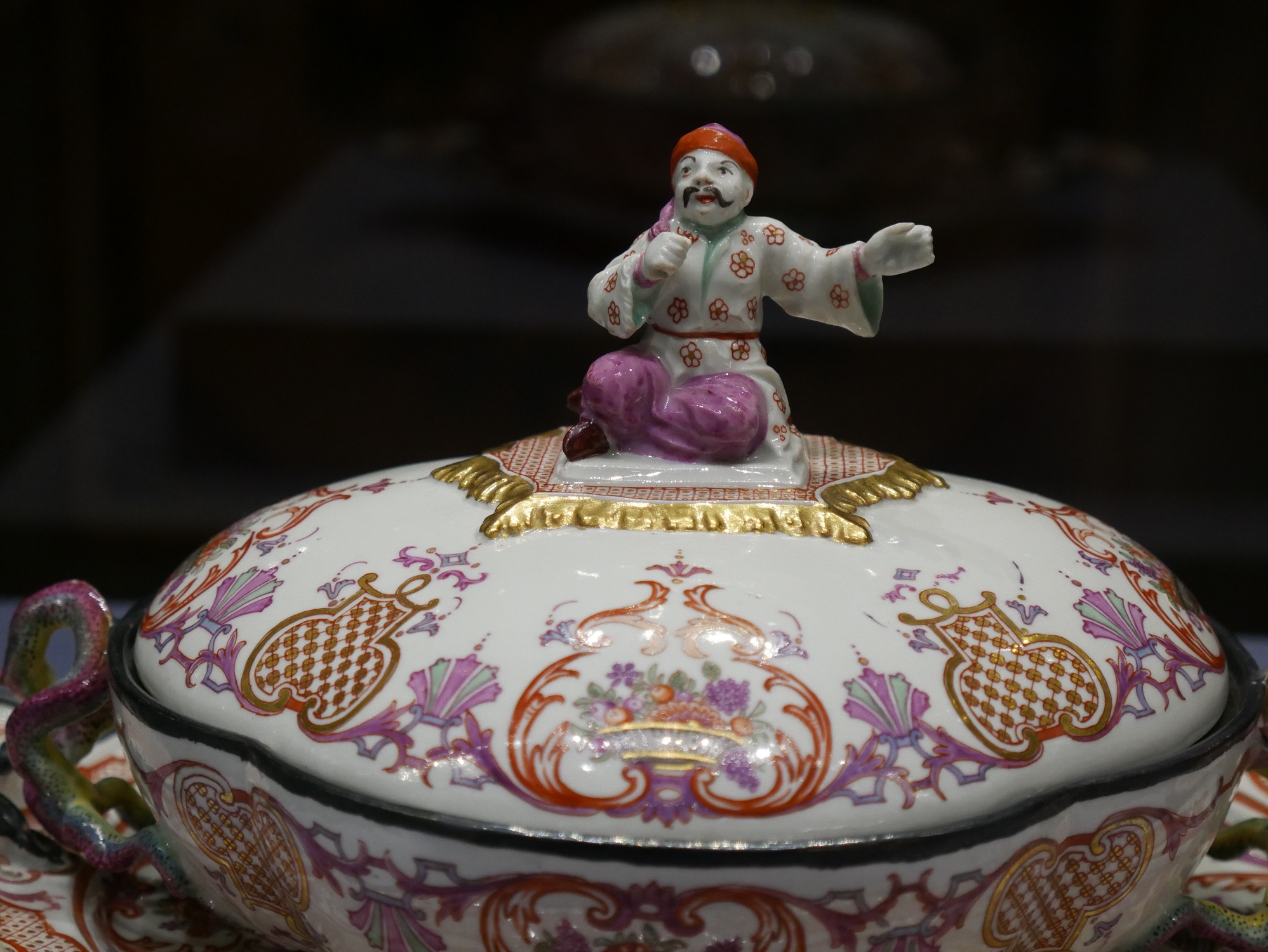
Press photo
The exchange of influence between Florence and her ruling family was very active not only aesthetically but also technically, with the Viennese bringing many porcelain techniques to the attention and practice of the Doccia manufactory. The grand dukes brought a wider world view to the city, stemming from Peter Leopold’s involvement in the Enlightenment, which can be seen in the exhibition through the typically minute details of the porcelain that were to encompass and diffuse the ideas of the Enlightenment through, for the most part, domestic objects.
A dialogue between the two manufacturing houses weaves itself through the exhibition with the aid of paintings, furniture and sculptures that illustrate this historic period of the city and the fascinating dynamics of the unification of these reigning families.
The exhibition is at the Treasury of the Grand Dukes at Palazzo Pitti from November 13 to March 10.


